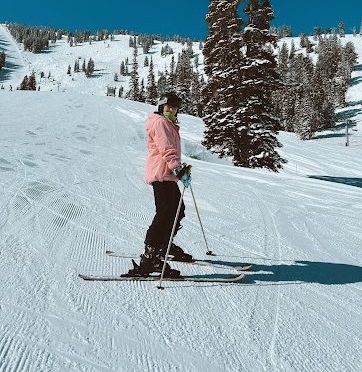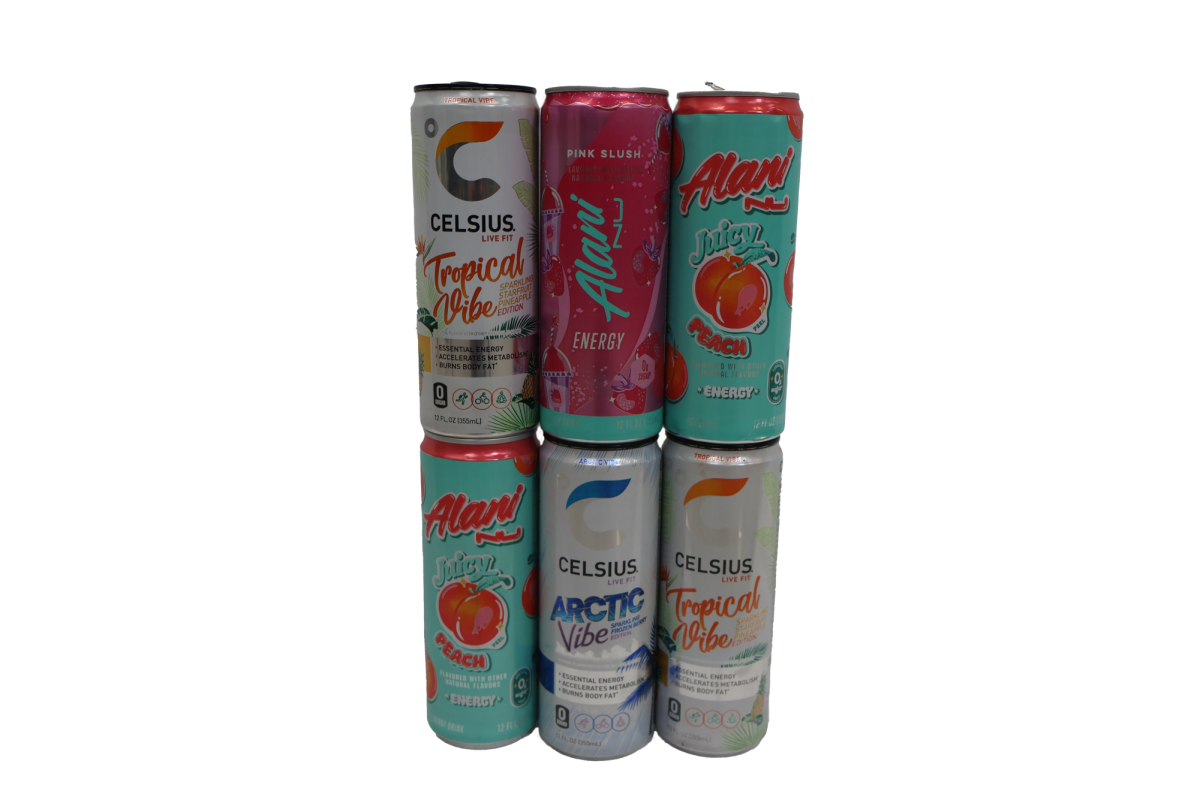You look over at your classmate as they watch the time tick, with their head pressed onto the desk, barely awake. This is the case for most high school students who’s busy schedules can make getting sleep difficult, due to many factors like sports, homework, clubs and honors societies.
Energy drinks have always been popular among high school students. From late-night homework sessions to sports seasons approaching, lots of students depend on them for an extra “jolt”. This school year’s top four most popular energy drinks among students are Alani, Redbull, Monster and Celsius. Energy drinks are soda-like beverages and come in a variety of brands and flavors. They usually have a higher caffeine content than a cup of coffee and are meant to supply more sustained energy to the consumer. These drinks are designed to give an energy boost with a combination of stimulants and vitamins, unlike coffee. This can be good when you need a pick-me-up, but excessive caffeine consumption can cause health problems, such as anxiety, stomach upsets and increased heart rate.

Monster
Monster energy drinks stand in 16oz cans and contain 160 milligrams of caffeine. This is about 80 milligrams more than a traditional cup of coffee. “I drink energy drinks almost every single day, if not every single day. I like the flavor more than coffee and they’re easily accessible,” senior Kiera Roundy said. Since Monster is in a can, this is much easier than brewing a cup of coffee and is more practical for on-the-go. Monster comes in over 30 flavors, which makes them likeable since there’s a high chance there is a flavor for everybody. Monster sold over 5 million drinks in 2024. “I prefer Monster because it’s a lot sweeter and refreshing,” Roundy said.
Celsius
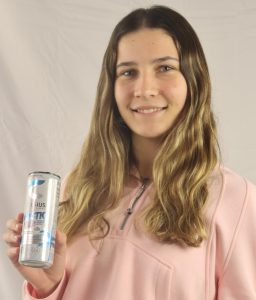
Celsius contains 200 milligrams of caffeine with 12oz cans. For comparison, this is about 120 milligrams more than a cup of coffee. “I have one every day. I need energy in the morning because I stay up so late doing homework and having practice,” junior Sophia Wattles said. Celsius was intended for athletes, as they claim to help burn body fat and speed up metabolism due to its unique thermogenic properties. The benefits from this drink are supposed to last around five hours, which is ideal for any caffeine source. “I don’t have the feeling that I’m going to fall asleep in class when I drink them,” Wattles said.
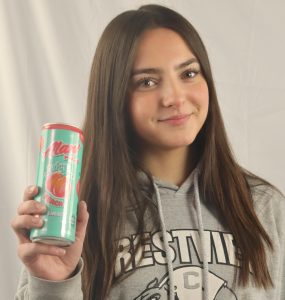
Alani
Alani energy contains 200 milligrams of caffeine per each 12oz can. This is the same amount as Celsius, but does not have those same digestive benefits as Celsius. “I love all of their flavors and it is the only energy drink to actually keep me awake and alert especially during school,” sophomore Sophia Austin said. Alani claims that their added B vitamins may contribute to more sustained energy. These drinks are also endorsed by Paris Hilton and Kim Kardashian, which may have contributed to its popularity. “I like the peach Alani the best because of the sweetness and peaches are my favorite fruit,” Austin said. Alani comes in 13 different flavors.
Redbull
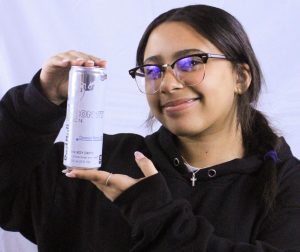
One 8.4oz can of Redbull contains 80 milligrams of caffeine, which is equivalent to one traditional cup of coffee. Redbull comes in two sizes, 8.4oz and 12oz. “My favorite Red Bull flavor is coconut berry because I feel like it is less sweet than a lot of other energy drinks, which is what I like,” sophomore Giannys Rosa said. Redbull comes in 16 flavors total, with their original selling the most. This flavor has notes of generic candy. Redbull also contains a vitamin B complex and has lower caffeine levels than most energy drinks. “I feel like it’s just enough to wake me up but it doesn’t make me shake,” Rosa said. Redbull is promoted by many brands and countless athletes, and is a massive sponsor to NASCAR.



